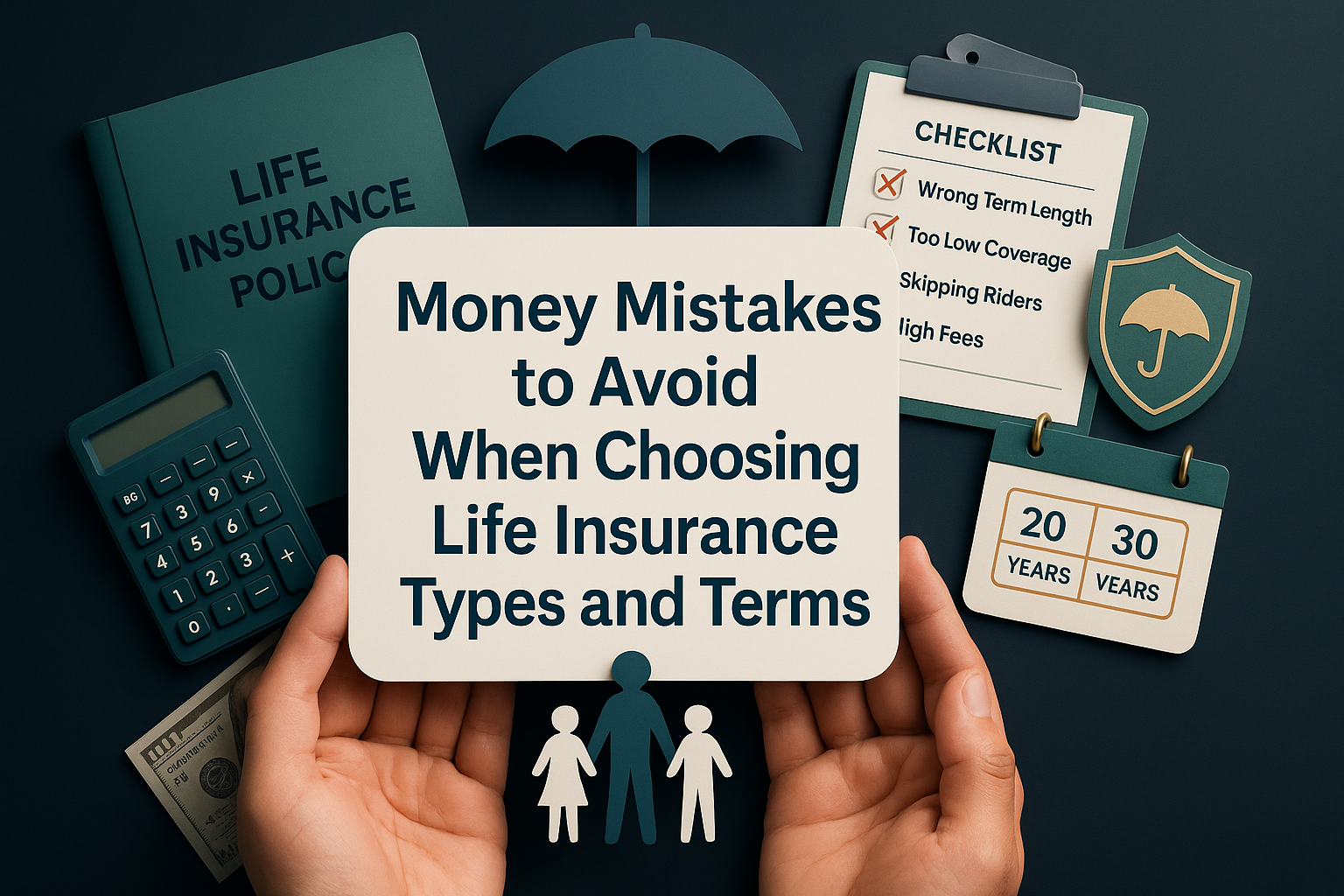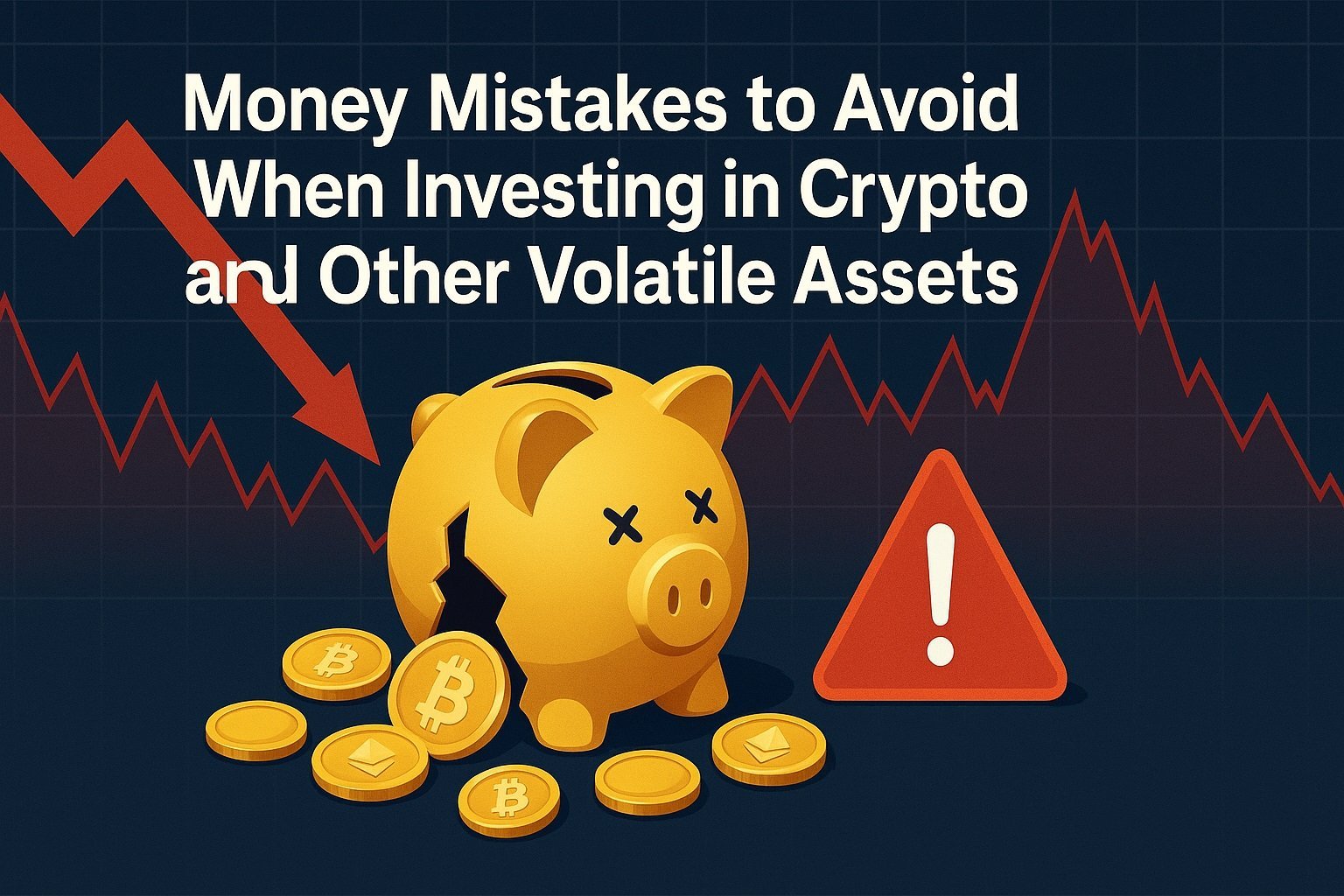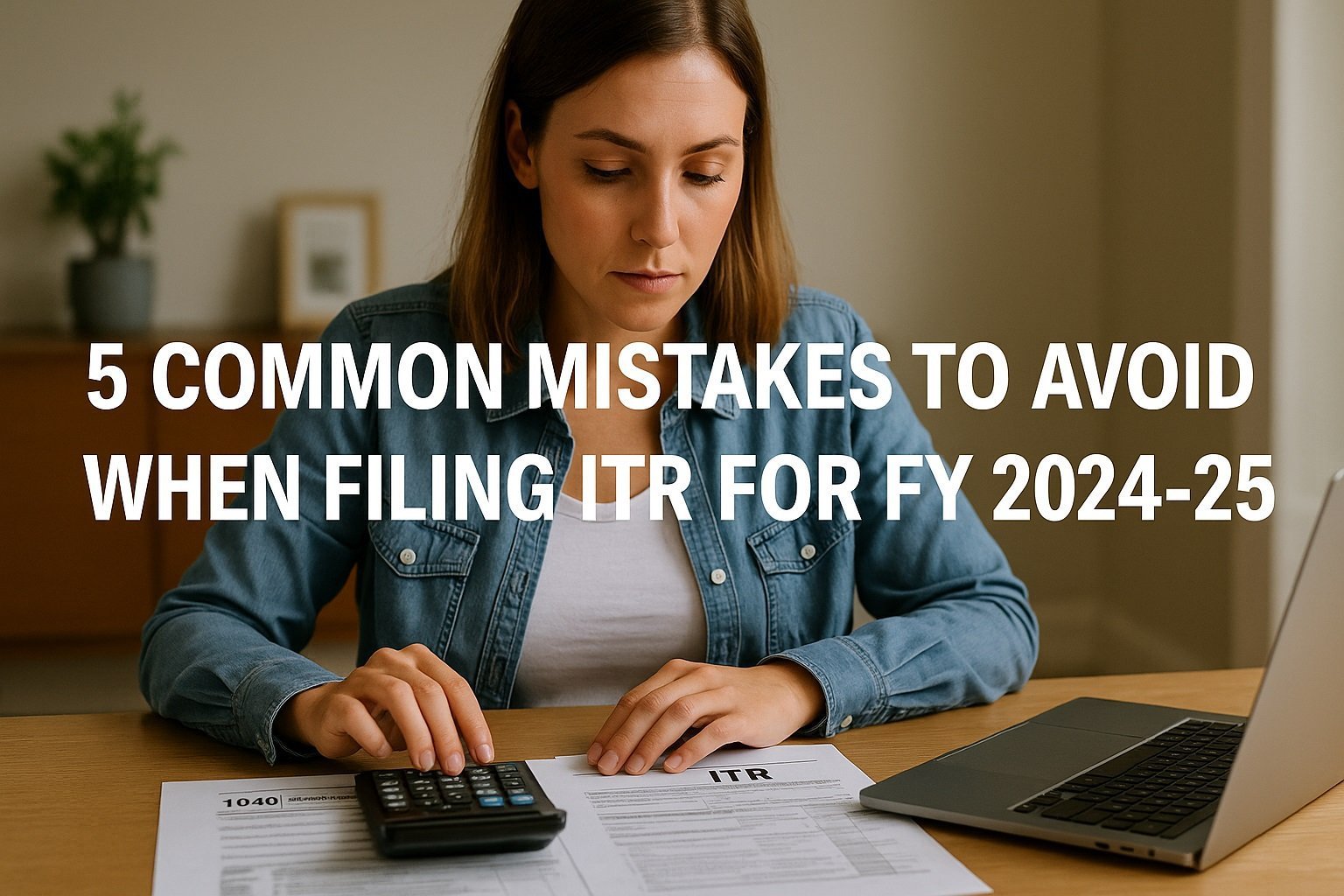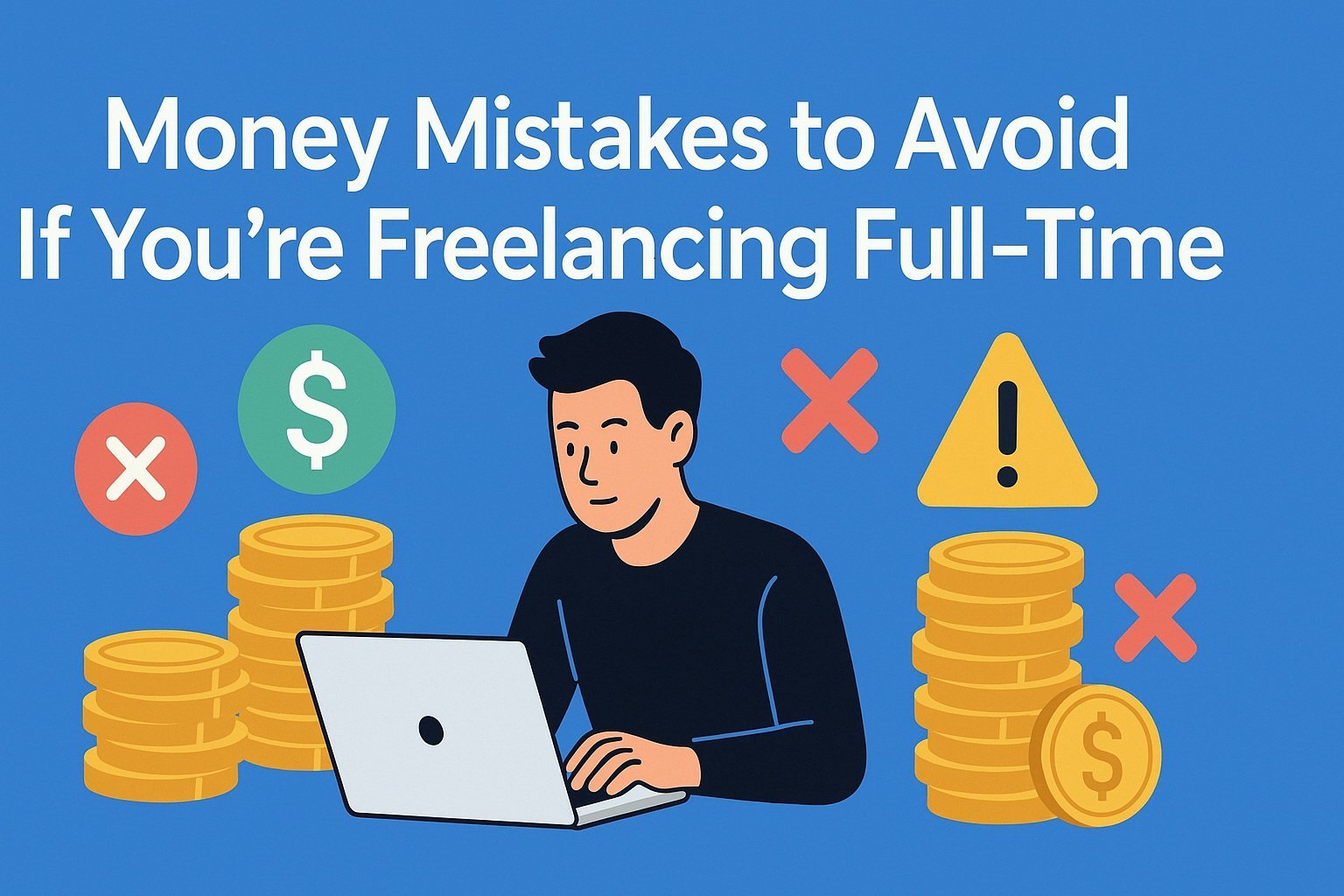
FIRE stands for Financial Independence, Retire Early. At its core, it is a mindset and roadmap that swaps decades of traditional nine‑to‑five work for an accelerated sprint of aggressive saving and intentional living. The payoff: your investment income covers everyday expenses years before your peers even think about leaving the workforce. Sounds liberating, right? It is, but the shorter runway leaves little margin for error. One wrong assumption or an overlooked bill can push the finish line further away or force you back into a job you thought you had escaped from for good. Below you will find the most common money mistakes to avoid when pursuing FIRE, plus step‑by‑step fixes you can put in place today. Stay the course, sidestep these pitfalls, and you will reach financial independence with confidence instead of anxiety.
Are You Underestimating Your Future Expenses?
A surprising share of new FIRE enthusiasts build spreadsheets that assume today’s spending patterns will stay flat for decades. Reality rarely cooperates. Kids grow, parents age, roofs leak, and inflation chips away at purchasing power. Even line items that look minor, such as rising property taxes or kids’ extracurriculars, can snowball over a 40‑year retirement horizon.
| Expense category | Common estimate | Realistic range | Why it grows |
|---|---|---|---|
| Health care | Marketplace premium only | Premium + out‑of‑pocket + dental + vision | Medical cost inflation outpaces CPI |
| Housing | Current mortgage | Repairs, HOA, property tax hikes | Older homes need bigger fixes |
| Kids & family | Childcare until school | College, weddings, grandkids visits | Life stages add new bills |
| Lifestyle | Same as today | Travel, hobbies, giving | Time freedom encourages exploration |
Strategy Step – Build a dynamic spending forecast
Open a blank sheet and project costs in three columns: base case, optimistic, and worst‑case. Inflate each by at least two percent per year, then layer one‑time events like home remodels or new cars. Revisit this forecast every six months and adjust saving targets so your FIRE number always reflects future you, not current you.
Have You Planned for Health Care Before Medicare?
In the United States, Medicare eligibility begins at 65. Early retirees must bridge the gap, and private insurance on the Affordable Care Act exchanges can be a shock. Premiums vary by income, age, and location. Add deductibles and copays, and it is clear health care is not a line you can fudge.
Strategy Step – Layer HSA plus ACA modeling plus self‑insurance options
Max out a Health Savings Account during your working years, invest those dollars for growth, and treat the balance as a stealth retirement account. Next, play with ACA subsidy calculators to see how lowering taxable income through Roth conversions or capital gain harvesting can shrink premiums. Finally, price short‑term medical or direct‑primary‑care memberships as backup.
Are Your Return Assumptions Too Rosy?
That eight percent annual stock market return you see quoted online is an average, not a promise. Sequence‑of‑returns risk means the order of gains and losses matters when you start withdrawing. A bear market in the first five years can gut a portfolio even if long‑term averages look fine.
Strategy Step – Diversify and stress test with Monte Carlo
Hold a diversified mix of equities, bonds, and maybe real estate investment trusts. Use free Monte Carlo simulators to run thousands of market paths with varying inflation and return patterns. Aim for a success rate above 85 percent at your planned withdrawal rate; if you fall short, save more or delay your quit date.
Are You Treating FIRE as an Escape Rather Than a Destination?

Wanting out of a toxic job is understandable, but retirement that lacks purpose can leave you feeling restless or depressed. Studies show identity loss hits especially hard for early retirees who tie self‑worth to professional achievement.
Strategy Step – Design a purpose and community plan
Create a vision board of projects, volunteer roles, or part‑time ventures you want to explore. Test drive each during vacations or mini‑sabbaticals. Build friendships outside the office before you leave so your social circle is ready when you are.
Do You Spend More Than You Earn?
It sounds obvious, yet lifestyle creep sneaks up quietly. Salary bumps turn into a bigger house, a nicer car, and subscription overload. Every dollar you do not invest is a dollar that cannot compound.
Strategy Step – Automate savings and use gap‑first budgeting
Send a fixed percentage of each pay cheque directly to investment accounts as soon as it lands. Live on what remains. Review variable expenses quarterly and cancel anything that no longer sparks value.
Are You Pulling the Plug Too Soon?
Hitting your target number feels exhilarating. Still, if the market dips next year or an emergency strikes, you could be forced back to work at the worst possible moment. Retiring one or two years early is not worth gambling long‑term security.
Strategy Step – Verify 25× spending plus a two‑year cash buffer
Multiply annual expenses by 25 to approximate a four percent withdrawal rate. Then keep 24 months of living costs in a high‑yield savings account or Treasury bills. This cushion lets you weather downturns without selling investments at a loss.
Are You Timing the Market with Panic Sells or FOMO Buys?
Emotional trades kill returns. Research shows the average investor captures only a fraction of index performance because fear and greed dictate entry and exit points. Chasing hot stocks or jumping out during corrections derails compounding.
Strategy Step – Write an Investment Policy Statement with guardrails
Document your target allocation, rebalancing schedule, and the specific conditions under which you would change course. Post it near your desk and share it with a partner so impulse trades become less tempting.
Are Taxes Quietly Killing Your Cash Flow?
Early withdrawal penalties, high capital gain brackets, and state income taxes can drain cash that should stay invested. FIRE often spans decades, so lifetime tax planning beats year‑by‑year tactics.
Strategy Step – Sequence withdrawals for the lowest lifetime tax
Combine Roth conversion ladders, taxable broking sales up to the zero percent bracket, and possibly geographic arbitrage to lower effective rates. Map expected brackets across decades rather than focusing only on the current year.
Have You Neglected Risk Management?
Insurance feels like a drag until disaster strikes. An uninsured lawsuit or disability can wipe out years of savings faster than a market crash.
Strategy Step – Maintain 6–12 months of cash plus appropriate coverages
Keep an emergency fund equal to at least half a year of expenses. Hold umbrella liability and term life if dependants rely on your income, and consider long‑term disability coverage until your passive income fully replaces earnings.
Is Your Partner on the Same FIRE Page?
Misaligned goals create friction. One person trims costs while the other upgrades gadgets. Resentment builds and savings stall.
Strategy Step – Schedule quarterly money dates and keep a shared dashboard
Set a recurring calendar invite to review net worth, spending, and upcoming goals. Use a shared spreadsheet or app so both partners see real‑time progress.
Do You Have a Plan to Use Your Time, Not Just Your Money?
Freedom hours can either enrich life or breed boredom. New retirees report that days without structure blur together, making them feel adrift.
Strategy Step – List ten projects or hobbies to test in year one
Brainstorm activities you have always wanted to try, from language learning to woodworking. Commit to sampling at least three in the first six months and track what energises you.
Are You Stuck in “One‑More‑Year” Syndrome?
When the numbers work on paper but you keep delaying, fear may be running the show. You worry the market will crash tomorrow or that you will miss your pay cheque rhythm.
Strategy Step – Pre‑commit to a go date or number and rehearse your exit
Pick a specific portfolio value or calendar date that signals it is time to retire. Treat it like an external deadline. Practice living on your projected FIRE budget for six months while still employed. The test run builds confidence and exposes any weak spots before you jump.
FAQ – People Also Ask
What is the single biggest mistake people make when pursuing FIRE?
The most common misstep is underestimating future expenses. When retirees base their target number on today’s bills, they ignore health care inflation, housing repairs, and lifestyle upgrades that creep in over decades. A dynamic forecast that adjusts for real‑world changes is essential.
Can the four percent rule fail if I retire in my thirties?
Yes. The four percent guideline assumes a 30‑year horizon. If your retirement could last 50 or 60 years, market downturns and lower future returns might exhaust the portfolio. Many FIRE enthusiasts lower the initial draw to three percent or add flexible spending rules that cut withdrawals in bear markets.
Is FIRE realistic on one middle‑class income?
It can be, but it requires an above‑average savings rate and intentional lifestyle choices. House hacking, low‑cost index investing, and side hustles help bridge the gap. The key is the percentage saved, not the absolute salary.
How much should I save each year to reach FIRE by 45?
A rough benchmark is a 50–70 percent savings rate if you start in your mid‑twenties. Use online FIRE calculators with your exact income, spending, and assumed returns to set a personalised target. Remember to include future health care and taxes in the model.
What happens if market returns crash right after I quit my job?
This is sequence‑of‑returns risk. A large drop early in retirement can permanently damage a withdrawal plan. Mitigate it by holding a two‑year cash buffer, keeping at least part of your expenses flexible, and pausing portfolio draws during prolonged downturns.
How do I prevent lifestyle inflation while chasing aggressive savings goals?
Automate investing to remove temptation and set periodic spending reviews. Celebrate raises by increasing your savings percentage first, then allocate a smaller slice to improved lifestyle choices. Sharing your goals with an accountability partner or community helps keep values in focus.




















